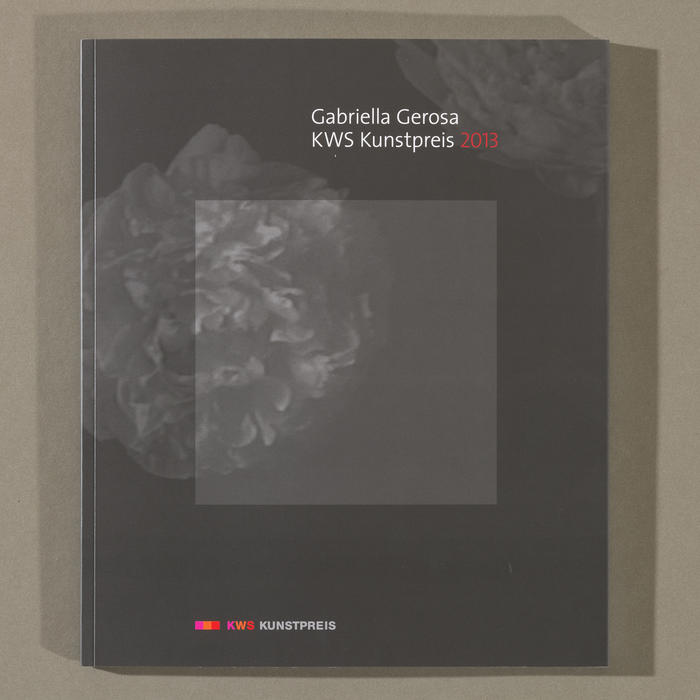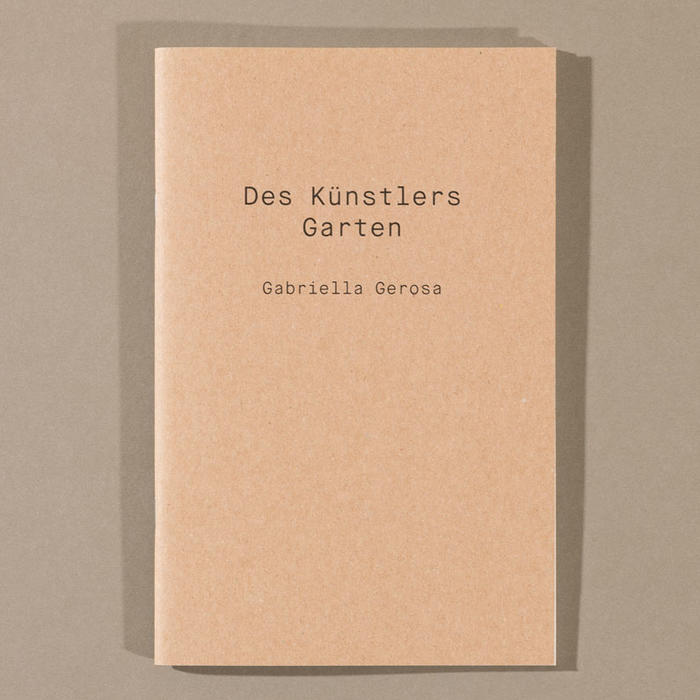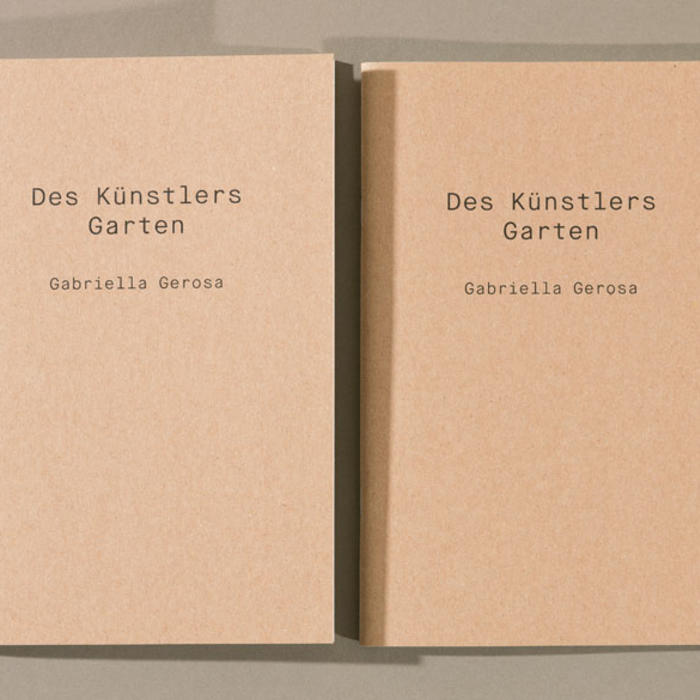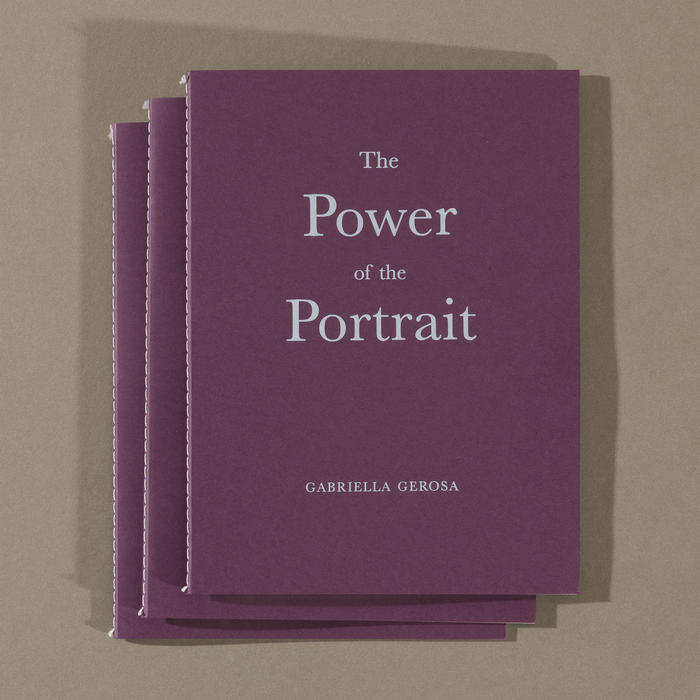Gabriella Gerosa
*1964
Gabriella Gerosas works are committed to the artistic tradition of still life, even if they add a completely new, modern dimension to it. In the arrangement, which the viewer admires as balanced, sensually tangible in colours and lighting, a surprising moment of movement occurs when a leaf falls silently. Silence remains, but an action is introduced into still life. The film and video allow an extension of the dimension of the image. Nevertheless, the question of the meaning of the picture as a reproduction of reality is asked anew in the confrontation with the old old masters. Gabriella Gerosa has also added a new level of perception to the genre of portraits in Julchen (2004), Julie (2009), Mariechen (2010) and the portraits of Lady and Lord Foster (2008). Gerosa's works are basically classically composed pictures. The locations are carefully selected, the objects arranged and illuminated down to the smallest details. The filmed persons often have to stay for a long time in order to achieve the expression she is looking for. The animation of the image is basically achieved by a manipulated slowing down of movement. The image is not a film and only a limited reproduction of staged reality. Time seems to pass visibly in these works, repeating itself constantly. Movement and action, as contradictory as it sounds, convey the impression of duration and the search for certainty. Gabriella Gerosa began as a painter. However, the expressive, gestural works did not lead her to her very own artistic expression. It was only the experiment with the new technological possibilities offered by video art that opened the way to a new dimension of the moving presence of the image and its emotional effect on the viewer. Text in abridged version quoted after: Movement in Silence, Thomas W. Gaehtgens in: Gabriella Gerosa, KWS Art Award 2013, published by Keller-Wedekind-Stiftung, 2013].
 Tulpenstrauss, 2011
Tulpenstrauss, 2011  Portrait of Mona, 2017
Portrait of Mona, 2017  Zitronen, 2010
Zitronen, 2010 




